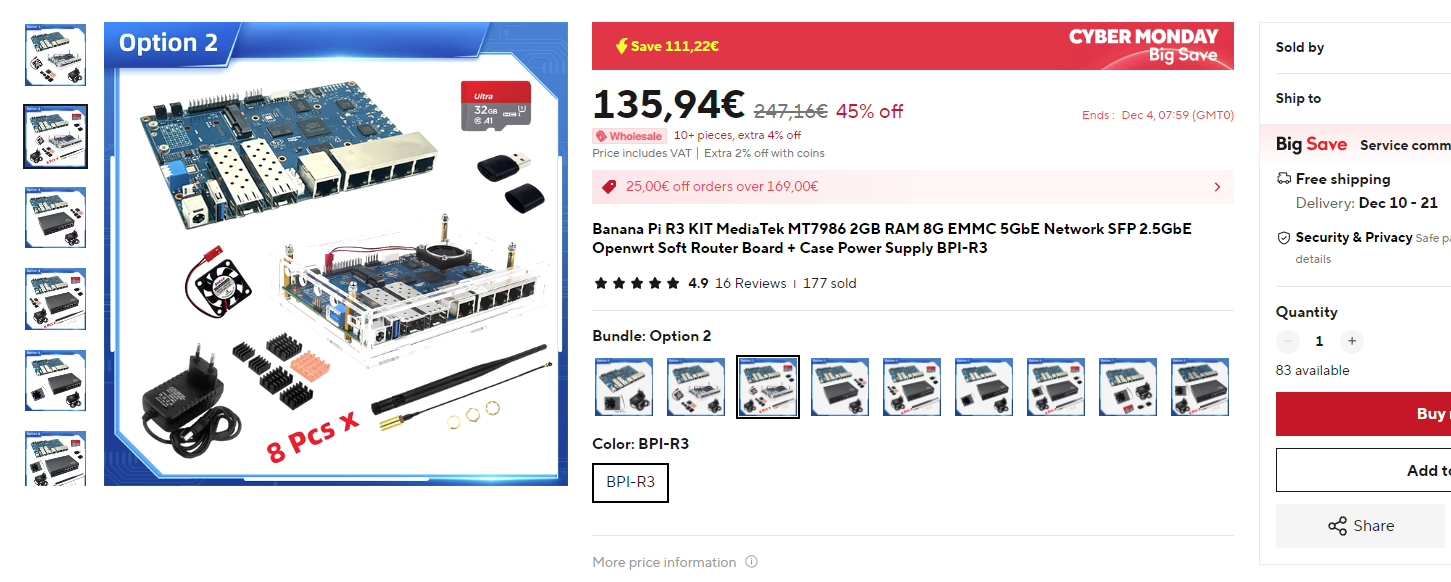Well… If you’re running a modern version of Proxmox then you’re already running LXC containers so why not move to Incus that is made by the same people?
Proxmox (…) They start off with stock Debian and work up from there which is the way many distros work.
Proxmox has been using Ubuntu’s kernel for a while now.
Now, if Proxmox becomes toxic
Proxmox is already toxic, it requires a payed license for the stable version and updates. Furthermore the Proxmox guys have been found to withhold important security updates from non-stable (not paying) users for weeks.
My little company has a lot of VMware customers and I am rather busy moving them over. I picked Proxmox (Hyper-V? No thanks) about 18 months ago when the Broadcom thing came about and did my own home system first and then rather a lot of testing.
If you’re expecting the same type of reliably you’ve from VMware on Proxmox you’re going to have a very hard time soon. I hope not, but I also know how Proxmox works.
I run Promox since 2009 and until very recently, professionally, in datacenters, multiple clusters around 10-15 nodes each which means that I’ve been around for all wins and fails of Proxmox. I saw the raise and fall of OpenVZ, the subsequent and painful move to LXC and the SLES/RHEL compatibility issues.
While Proxmox works most of the time and their payed support is decent I would never recommend it to anyone since Incus became a thing. The Promox PVE kernel has a lot of quirks, for starters it is build upon Ubuntu’s kernel – that is already a dumpster fire of hacks waiting for someone upstream to implement things properly so they can backport them and ditch their own implementations – and then it is a typically older version so mangled and twisted by the extra features garbage added on top.
I got burned countless times by Proxmox’s kernel. Broken drivers, waiting months for fixes already available upstream or so they would fix their own bugs. As practice examples, at some point OpenVPN was broken under Proxmox’s kernel, the Realtek networking has probably been broken for more time than working. ZFS support was introduced only to bring kernel panics. Upgrading Proxmox is always a shot in the dark and half of the time you get a half broken system that is able to boot and pass a few tests but that will randomly fail a few days later.
Proxmox’s startup is slow, slower than any other solution – it even includes management daemons that are there just there to ensure that other daemons are running. Most of the built-in daemons are so poorly written and tied together that they don’t even start with the system properly on the first try.
Why keep dragging all of the Proxmox overhead and potencial issues, if you can run a clean shop with Incus, actually made by the same people who make LXC?















Well, this solves nothing. I don’t really know what’s going on with Thunderbird but it is looking like a piece of crap, the latest UI changes made it worse, a few months after the other revision that was actually much more visually pleasing. Is it that hard to look at what others do instead of adding random boxes everywhere?
Anyways, the worst part is that right now Thunderbird wastes more RAM than RoundCube running inside a browser with the Calendars and Contacts plugins. Makes no sense.